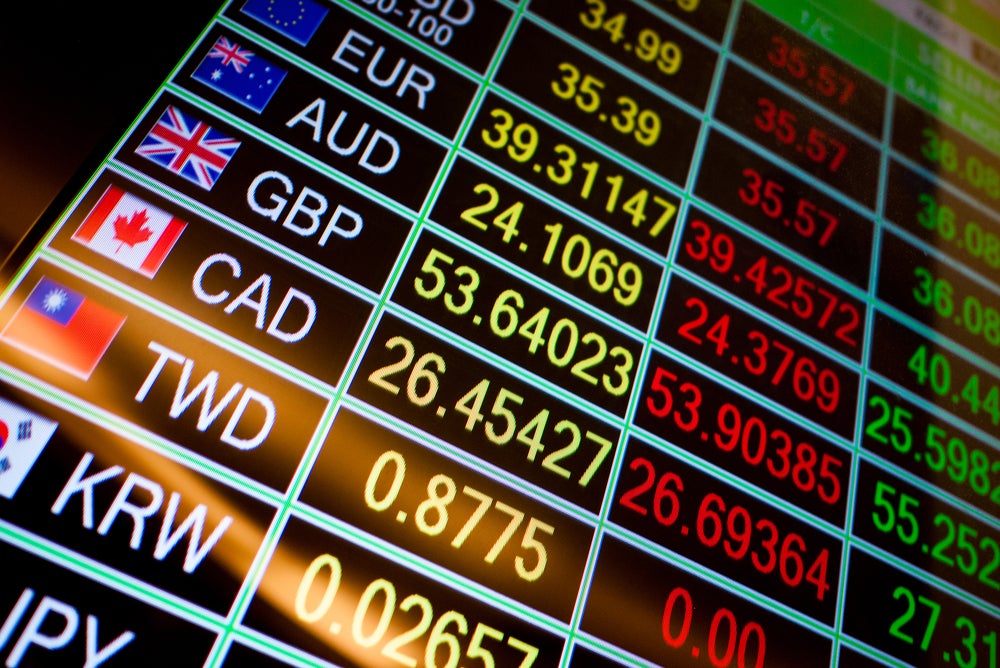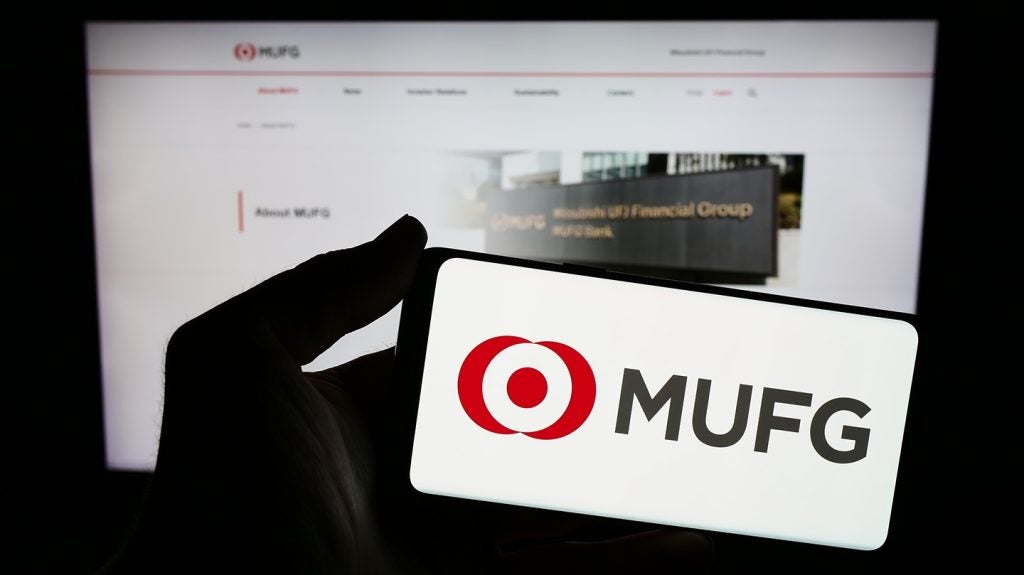
FX swaps allow dealers to exchange currencies, with an agreement to reverse the transaction at a specific date and price in the future. It is a market that is growing rapidly, increasing in size by around 20% in the past three years alone. The average daily reported foreign exchange swap turnover in the UK was recorded at $3,117bn in April 2023, making up 46% of all FX trading instruments.
FX swaps play a crucial role in global trade by providing funding liquidity in cross-border financial markets and providing a hedge against fluctuations in exchange rates. Excess volatility within this market has the potential to result in diminished dollar liquidity and constraints on international lending.
The market has historically operated under a widely understood pricing system. For example, the forward rate for an FX swap contract is set by the principle of covered interest rate parity (CIP). Using this equation, traders determined the forward price based on the current exchange rate and the prevailing interest rates for the two currencies.
Essentially, CIP should hold in a frictionless environment where there are no limitations on arbitrage, which occurs when traders capitalise on price inconsistencies across markets.
If the forward rate deviates from the rate implied by CIP, traders can achieve risk-free gains by borrowing in one currency, lending in the other currency, and mitigate exchange rate exposure through the utilisation of forward contracts.
Divergence
Nevertheless, CIP, the ‘iron law’ of global finance, which once held firm, has broken down since the global financial crisis. Notably, there has been a relative increase in the cost of swapping euros, Swiss francs, and Japanese yen into US dollars.

US Tariffs are shifting - will you react or anticipate?
Don’t let policy changes catch you off guard. Stay proactive with real-time data and expert analysis.
By GlobalDataThese discrepancies might suggest an excess demand for dollars within the swap market, or they could be a result of a restricted supply of dollars due to stricter banking regulations and other funding limitations. For instance, since 2008, an increase in the dispersion of USD funding costs and tighter regulatory constraints have affected banks’ balance sheets.
In a landscape where deviations from CIP persist, traders must turn to alternative approaches for determining forward rates. Can traders learn about factors that signal demand or supply pressures for dollars within the swap market?
To answer this question, Olav Syrstad, an economist at Norges Bank (Norway’s central bank), and the writer started with a hypothesis that dealers now rely on order flow – a measure of net currency demand – as a signal for setting forward prices. Dealers can set the forward rate to counterbalance any order imbalances and thereby mitigating the risk of accumulating excessive inventory.
Reshaping forward prices
The hypothesis was tested by examining one-week FX swaps in the inter-dealer market, using data from the Thomson Reuters D2000-2 platform that existed both before and after 2008. There was a significant price impact of order flow during the post-crisis period, whereas no such impact was found in the years leading up to the crisis.
Two primary reasons for the increase in price impact were identified. According to estimates, up to four-fifths of the heightened price impact since 2008 occurs either when funding heterogeneity in US dollars is high – indicating a wide range of funding costs for dealers – or when an FX swap contract crosses a regulatory reporting date at the conclusion of a financial quarter.
The findings are intuitive, as higher disparities in USD funding and quarter-end reporting thresholds align with periods of reduced arbitrage capital. Consequently, dealers need to make larger adjustments to the forward price to ensure there is enough supply of dollars in FX swap markets and they can maintain their inventories.
Ultimately, demand and supply fundamentals are important when it comes to pricing in FX swap markets. Dealers can use order flow to set forward prices more efficiently. This is of utmost importance in a market in which it is important to hedge exchange rate risk for businesses and financial institutions, playing a critical role in preserving dollar liquidity and enabling the seamless operation of international financial markets.
Ganesh Viswanath Natraj is assistant professor of finance at the Gillmore Centre for Financial Technology at Warwick Business School








